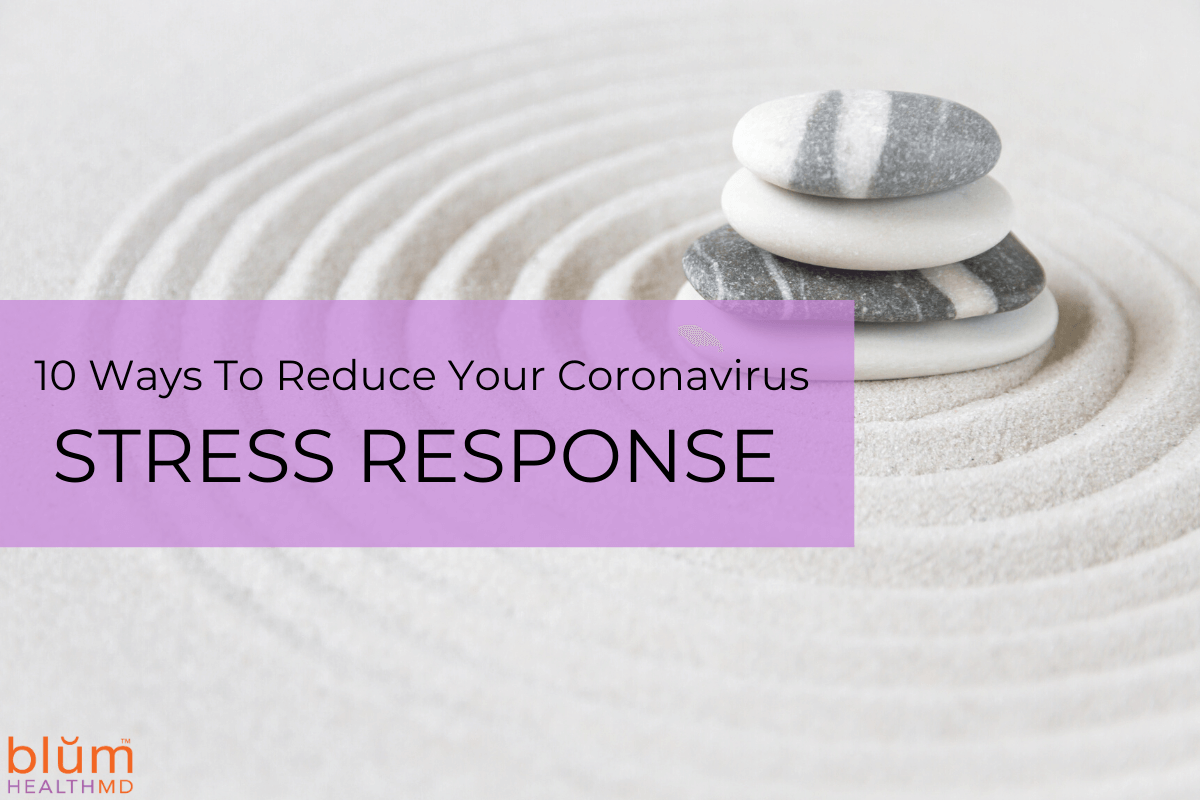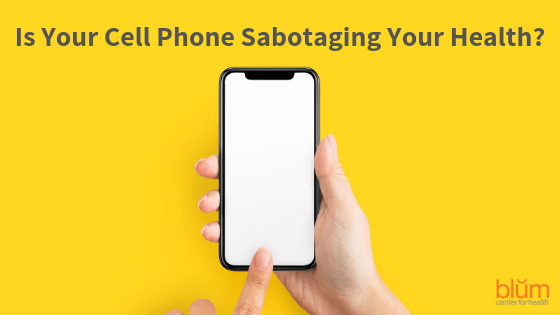
The popularity of IV therapy has skyrocketed in recent years. Everyone from celebrities and influencers, to moms and CEO’s, have turned to intravenous injections (IV) as a way to boost their vitamin intake. No doubt, having adequate levels of vitamins and minerals is necessary for our bodies to function properly.
Why has it become so popular? When we take vitamins orally, the dose you take is greatly reduced as each nutrient travels from your mouth to your cells. This is because these nutrients first have to be absorbed in the gut (a process compromised in many people with digestive issues), and then they get processed in the liver, which can further reduce their availability. When these vitamins, minerals, amino acids, and antioxidants are given intravenously, they bypass these metabolic processes, making them 100% available in the bloodstream for maximum benefit.
Another big reason that Infusions are so popular, is the development of Medical IV’s. Medical IV’s supplement the treatment plan for people who are struggling with health issues. We have developed excellent medical treatments for conditions that require high doses of specific nutrients that are not as effective when given orally. For example, high dose Vitamin C for Epstein Barr Virus or Cancer treatments. Another example is Glutathione for detoxification, and yet another is a custom cocktail for people suffering with Long Covid. These Medical IV’s take simple vitamin infusions to a whole next level.
While the benefit from intravenous infusions is clear, what is not as well known is what to look for when choosing a place to receive your IV Therapy.
4 Reasons to receive your IV in a Medical Setting:
Personalized Screening and Drips: There is no one-size-fits all Vitamin IV. At Blum Center, our principle to provide personalized medical care in a safe, unhurried environment is reflected in our Infusion Program.
If you are already a patient here, your provider will determine the best IV prescription for you to meet your health goals and support your treatment plan. If you are a new client to Blum Center, our Infusion Director will meet with you for a simple but powerful screening consultation, so that she can prescribe exactly what you need, too.
We are very strict and buttoned-up about safety in our medically supervised setting. Before you start we ensure your well-being with this basic screening and labs. This extra step can give you the comfort that you will receive maximum benefit and the safest possible visit. Any business that does not screen you or take labs is potentially putting you at risk, especially if you have ongoing health issues that need that next level of attention and care.
Quality: We pack in more vitamins and at higher doses than walk-in drip centers. We have done extensive research on each vitamin cocktail and how to safely give high doses to help you get the most positive effect from our infusions. You can feel confident you are getting the most out of each treatment.
Expert Care: Michelle Levins, NP, our Infusion Director is on the National Infusion Center Association Standards Development Team that implements nationwide protocols to all infusion centers across the country. These standards are already being used at Blum Center. You will have a master prepared Nurse Practitioner with years of extra education and training administering your infusions.
Patient Safety: We are dedicated to providing the safest and highest quality of infusion care and have strict protocols in place to decrease potential risk as much as possible.
IV THERAPY IN WESTCHESTER COUNTY
We take Covid precautions seriously and have various protocols in place to minimize exposure risk. First, we now have multiple rooms in use for IV’s, which allows us to infuse high risk or unvaccinated patients by themselves in a separate room. We are using HEPA air filters in the infusion room, requiring masks to be worn, and limiting the number of patients seen at the same time.
Our Infusion Program sets itself apart from other centers through our individualized care, high quality infusions, and utmost cleanliness with strict protocols in a comfortable, calming environment. Come in and see for yourself!
Click here more information on our Infusion Center and to view our current menu of IV drips. We are open to patients and the public alike! To book an appointment or schedule a consult with our Infusion Director, please call 914.652.7800






